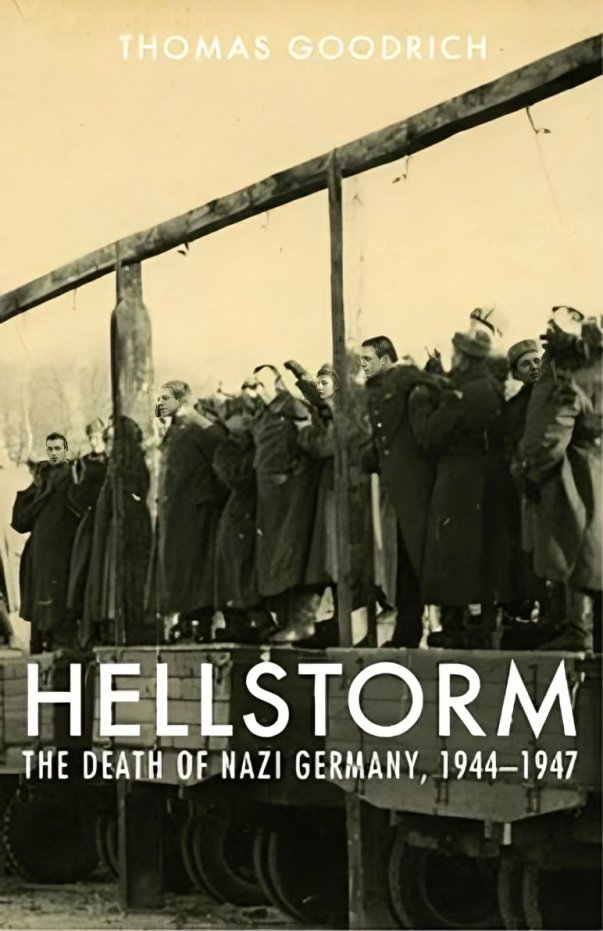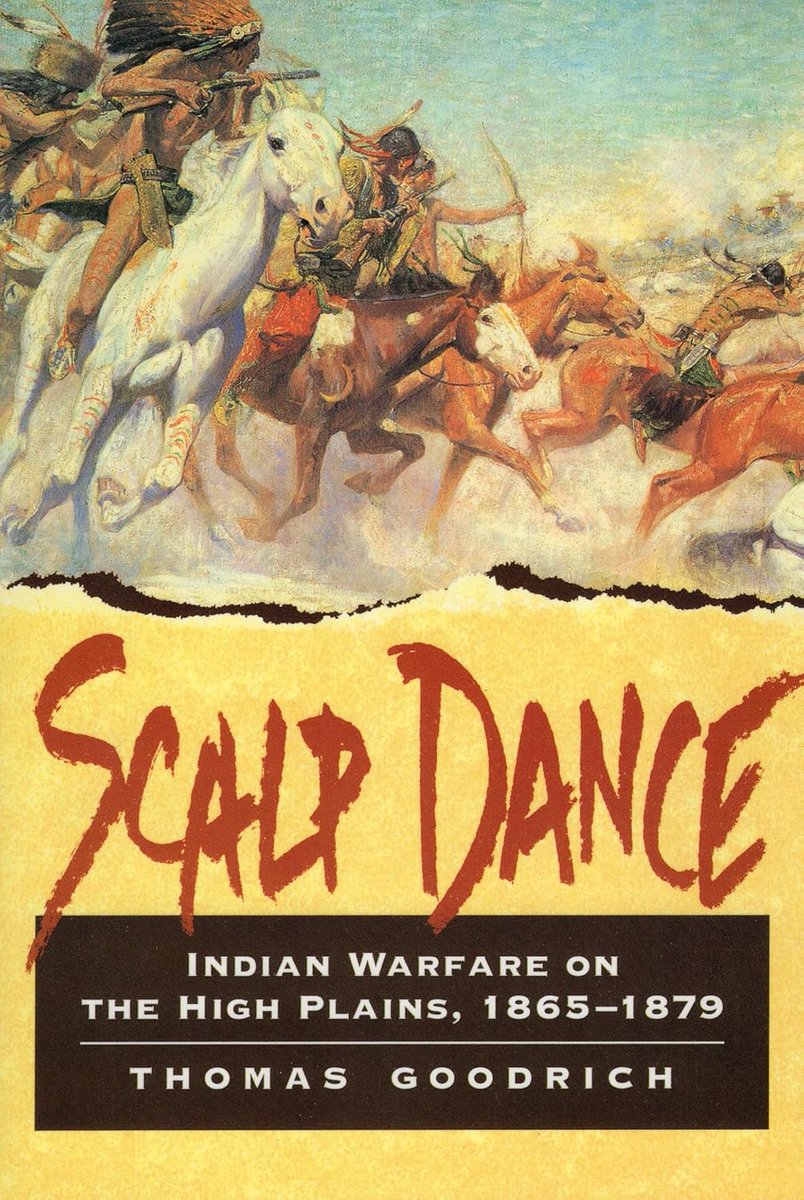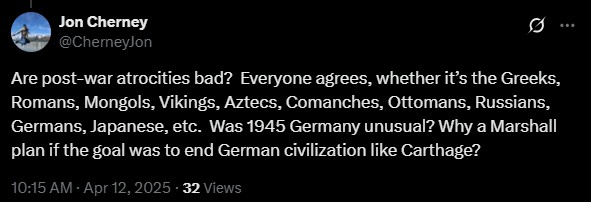They called it victory. They raised their flags and wrote their histories—the same histories we read today, and that our children are indoctrinated with. But beneath the banners and beneath the rubble lies something else: a corpse. Not just of a nation, but of a civilization. The death of National Socialist Germany was not merely a military defeat. It was a civilizational sacrifice. A deliberate, systematic extermination of a people. A holocaust in the truest and most literal sense of the Greek word—a burnt offering. Germany had dared to defy the world order. What followed 1945 was not peace. It was purification by fire. Thomas Goodrich’s “Hellstorm” is no ordinary retelling of a history we think we know, a history whose shadows still stretch over us. It is the unmasking of a crime so vast, so sadistic, that even its survivors could barely speak of it. It is the record of a Europe that turned on its own flesh, that drowned itself in blood not to survive, but to cleanse. It is the hidden gospel of the defeated, and the damned. The Allied powers did not merely conquer Germany. They destroyed it. The cities were not bombed. They were incinerated. In Hamburg, in Dresden, in Cologne, the firestorms were so hot they created their own weather systems. Asphalt melted. Human fat ran in the streets. Thousands boiled alive in air raid shelters. In Dresden alone, tens of thousands of civilians—refugees, children, the wounded—were reduced to ash in a single night. Eyewitnesses described bodies fused to the pavement. Mothers with charred infants locked to their breasts. This was not collateral damage. It was a ritual act. From the East, the Soviets descended like a biblical plague. They came not as liberators, but as predators. Stalin’s commissars handed out leaflets encouraging mass rape and slaughter. Ilya Ehrenburg’s pamphlets, sanctioned by the Soviet state, told soldiers to “kill the Germans.” Not the soldiers. Not the guilty. The entire people. And they obeyed. Women were hunted like game, taken from cellars and barns and schoolhouses. They were gang raped, mutilated, and discarded. In many towns, there were no survivors, only corpses with mutilated genitals and shattered skulls. In Nemmersdorf, girls were crucified to barn doors. In Berlin, nuns were raped in their sanctuaries. Mothers were violated in front of their sons. The average German woman in the Soviet zone was raped multiple times. Some committed suicide. Others were killed after being used. The Red Army left behind a trail not of liberation, but of obliteration. But it was not just Russians. The Americans and British were more clinical, more bureaucratic in their extermination. Eisenhower’s death camps were not marked by gas chambers, but by starvation and exposure. Millions of surrendered German soldiers were placed in open-air enclosures, denied food, water, and medical aid. They died in the mud while the Red Cross was turned away. The official designation, “Disarmed Enemy Forces,” was a legal trick to avoid Geneva protections. In the Rhineland alone, over a million German POWs died after the war was over. This was not neglect. It was policy. And still the horror deepened. The expulsions began. From Prussia, where my family hailed from, from Silesia, the Sudetenland, the Banat, and the Danube Valley, millions of ethnic Germans—many with no connection to the war—were dragged from their homes and forced into death marches across frozen terrain. They were stripped, beaten, raped, or simply left to die. In Czechoslovakia, the Beneš Decrees authorized open murder and the wholesale theft of German property. In Yugoslavia, German civilians were herded into extermination camps. In Hungary, Romania, and Poland, entire villages were wiped off the map. By 1950, over twelve million Germans had been expelled. More than two million were dead. This was the true holocaust. Not a metaphor, but a physical reality. Germany was consumed in fire, sacrificed to the gods of vengeance, finance, and democracy. It was not retribution. It was a warning. No nation, no people, no race would ever again be permitted to rise outside the system. What they destroyed was not only a state, but a symbol. Not only a people, but a living idea. And the victors called it justice. The women who were tortured to death with iron rods. The men who died in ditches gnawing on grass. The children buried alive beneath collapsed hospitals. They were not mourned. They were forgotten. They were told they deserved it. The world that weeps for every minority, every narrative, every grievance, had no tears for Germany. To this day, none are permitted. To question the official story is to risk exile, imprisonment, erasure. But the truth remains, cold and immovable, like a mass grave sealed in concrete. The modern world was born in 1945. It was baptized in blood. The postwar order is built on silence, built on bones, built on the lie that there are no crimes but German ones. Yet the greatest crime was not committed by the defeated, but by the victors. The firebombings. The death camps. The rapes. The famines. The expulsions. These are the pillars of the so-called free world. And yet Germany did not vanish. Her cities rose again, rebuilt from the rubble. Her people endured, even if they were forced to wear the mask of shame. What could not be destroyed was that ancient, stubborn spark, the will that raised cathedrals, composed symphonies, mastered engineering and law, conquered chaos and made it form. That spark remains. Dimmed, slandered, nearly extinguished. But not dead. The death of National Socialist Germany was not the end of something evil. It was the end of something sovereign. It was the killing of a living order, a people who looked inward for strength, not outward for approval. And in its place came the empire of consumption. Of rootlessness. Of spiritual exhaustion. Germany was scourged for reminding the world what Europe once was. And in punishing her, they punished themselves. “Hellstorm” is not a cry for pity. It is a record. A testament. A mirror held to the face of Western man, showing him what he became when he traded honor for vengeance. When he burned the altar and raised a shopping mall. When he crushed the one nation that might have led him out of the nightmare now unfolding across every Western capital. The dead do not speak. But this book speaks for them. And we must listen. Because the future depends on what we remember—and what we refuse to forgive.

Your response is scattered—part moral outrage, part family memory, part rhetorical deflection. But it doesn’t actually address the argument. Yes, history didn’t begin in 1945. That’s precisely the point. But it also didn’t begin in 1933. The claim that the horrors inflicted on
Replying to this: https://t.co/SsevwUl8zr
I don't get how you can be so passionately one-sided - who takes up the story of the German people in 1945, crying "Look at what they have done to us!!". As if the prior history up to 1945 was not an important piece of it.
— baio392 (@baio39273418) April 12, 2025
What happened before 1945 that brought so many angry…
More replies to a deboosted post: https://t.co/TpTwXSt0CO
If you think “rise outside the system” is trite, you haven’t understood the system. And if naming mass rape, firebombing, and forced starvation makes me an apologist, then you’re just admitting those things happened—and that you’re fine with them. That’s not critique. That’s…
— Chad Crowley (@CCrowley100) April 12, 2025
Thomas Goodrich, the author of “Hellstorm,” passed away in December 2024. With that in mind, I encourage you to consider purchasing his work — he is survived by his family, who would benefit from your support. I had the brief pleasure of corresponding with him some years ago,


Another Reply: Yes, post-war atrocities are bad. What makes 1945 Germany exceptional is not that atrocities happened, but that they were sanitized, denied, or morally justified—while the victors built an entire postwar mythos on the premise of moral superiority. Ancient


